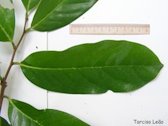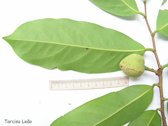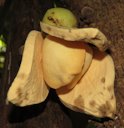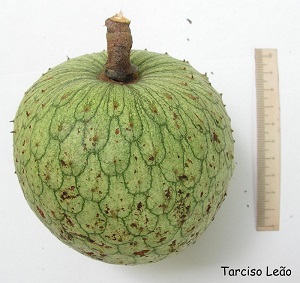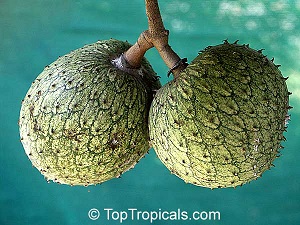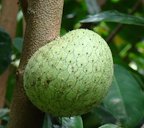| Mountain Soursop - Annona montana | |||||||||||||||||
|---|---|---|---|---|---|---|---|---|---|---|---|---|---|---|---|---|---|
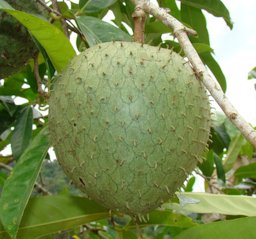 Fig. 1 Mountain soursop, Annona montana 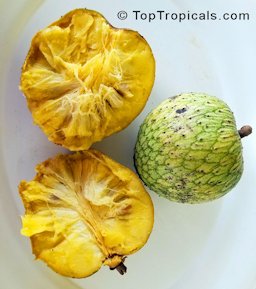 Fig. 2  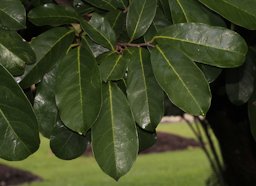 Fig. 3  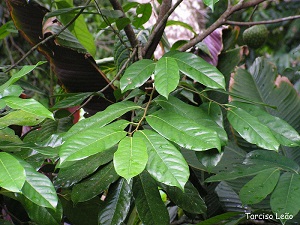 Fig. 4  Pernambuco, Brasil 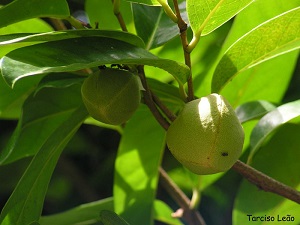 Fig. 8  Unopened flower buds 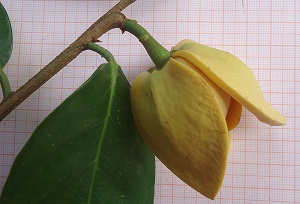 Fig. 9  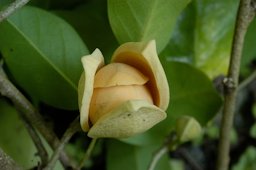 Fig. 10  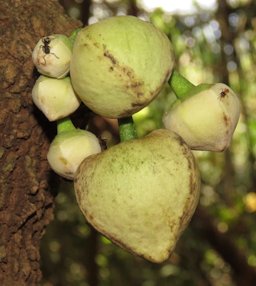 Fig. 11  A. montana flowering habit, Bolivia 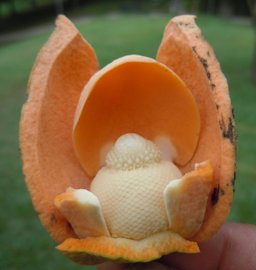 Fig. 12  Flower with tepal removed , Bolivia, Santa Cruz, Parque Autonómico 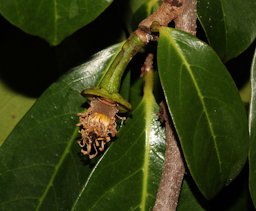 Fig. 14  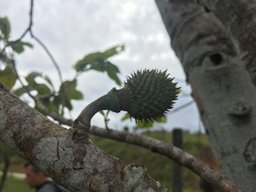 Fig. 15  Young fruit, Colombia 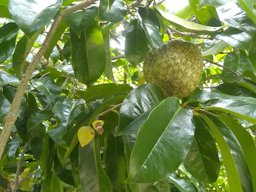 Fig. 16  Flower, young fruit forming and immature fruit, Haiti 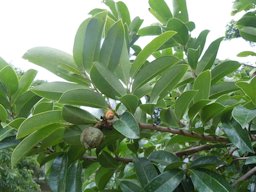 Fig. 17  A. montana Macfad., fertile branch, Bolivia, Santa Cruz, Parque Autonómico 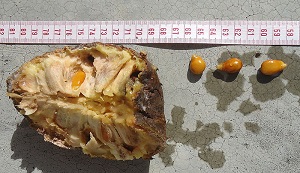 Fig. 18  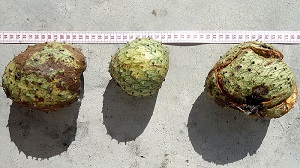 Fig. 19  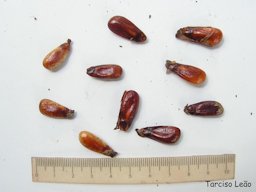 Fig. 20  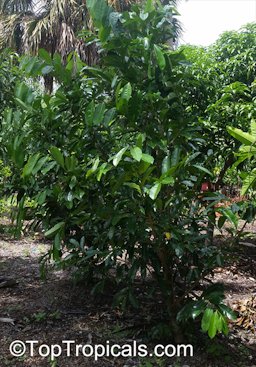 Fig. 24  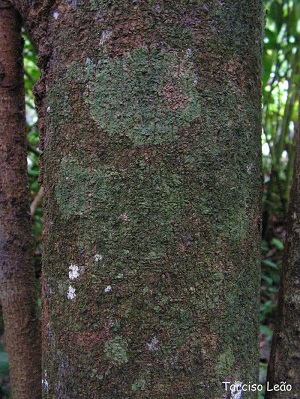 Fig. 25  |
Scientific
name Annona montana Macfad. Common names English: mountain soursop, Fairchild's annona, wild soursop, wild custard apple; Czech: mountain soursop; Dutch: bosch-zuurzak, boszuurzack; French: corossolier bâtard; German: Schleimapfel, Schleim-Apfelbaum; Hungarian: hegyi annóna; Spanish: guanábana cimarrona, guanábana, guanábana de loma, guanábana de monte, guanábana de perro, taragus, turagua; Portuguese: araticum, araticum açú, araticum apé araticu; Philippines: ponh; Slovak: anona; Venezuela: turagua 3,7,8 Synonyms A. montana f. marcgravii (Mart.) Porto, A. sphaerocarpa Splitg., A. pisonis Mart., A. marcgravii Mart. 2 Relatives Atemoya (A. cherimola x A. squamosa), sugar apple (A. squamosa), cherimoya (A. cherimola), soursop (A. muricata), custard apple (A. reticulata), pond apple (A. glabra), ilama (A. diversifolia), biriba (Rollinia mucosa) Family Annonaceae (annona family) Origin Central America (Costa Rica, Panama), western and south America (Bolicia, Colombia, Ecuador) and islands in the Caribbean (West Indies) Uses Consumed in their natural state: made into juices; ornamental; rootstock for other species Height 33 feet (10 m) Trunk/bark/branches Bark purplish brown; branchlets green, smooth when young Pruning requirement Vigorous trees need an open vase pruning; skirting 6 Leaves Glossy leaves; evergreen; papyraceous, brilliant, glabrous on the upper surface 4 Flowers Solitary, extra-axillary, large, slightly scented; carnose petals 4 Fruit Nearly round; 6in. (15 cm); compound (syncarp); dark-green skin studded with 'spines'; sour to bitter; pulp acidic, fibro-mucilagenous; strong aroma; lots of seeds 4 Soil tolerances Adaptable to a wide range of soil types pH preference 5.8 -8.0 but does best at 6.0-6.5 9 Cold tolerance Capable of tolerating temperatures below freezing for brief periods; hardy to 32 °F (0 °C) Wind tolerance Soft wood makes them susceptible to wind damage and limb breakage 6 Invasive potential * None reported Pest resistance Few pests or problems Known hazard Like all annonas, the seeds contain potent toxins Reading Material The Mountain Soursop, Manual Of Tropical And Subtropical Fruits Annona montana, Encyclopedia of Life The Mountain Soursop, Fruits of Warm Climates Annona montana Macfadyen, PROSEA Foundation Origin Mountain soursop is native to Central America, the Amazon, and islands in the Caribbean. In its native range, it grows at altitudes from sea level to 650 metres (2,130 ft, Wikipedia 2011). 3 Description The tree somewhat resembles that of the soursop but has a more spreading crown and very glossy leaves. It is slightly hardier and bears more or less continuously two to three years after planting. 1,3 Mr. Hadheem says you can tell between the two species by the color of the flesh and the seeds. While the soursop has white flesh, the mountain soursop has yellow-orangy flesh; the seeds of the soursop are usually black whereas the seeds of the mountain soursop are golden brown and waxy (Fig. 18). Similar to the soursop, usually with highly scented but mediocre flavored flesh. Some strains produce higher quality fruit.
Leaves Leaves are alternate, distichous, short petiolate, oblong or elliptic 2.8-7 in. (7–18 cm) long by 1-3.2 in. (2.5–8 cm) wide, with tapering apex and rounded base, leathery, dark green above and pale green beneath, glabrous and glossy. 10
Fig. 7. A. montana, Martinique Flowers Slightly scented fleshy flowers are solitary or in fascicles of 2-4 with stout peduncles, mainly on new growth but sometimes on older branches. There are 3 broad pubescent green sepals, 6 petals in two whorls with the inner three forming a pollination chamber, numerous crowded spirally-arranged stamens in a rounded mass, and an upper conical-shaped dome of numerous carpels with one ovule each. There is no nectary. 9
Pollination The flowers are thermogenic ie warmer than ambient temperature, and exhibit protogynous dichogamy with temporal separation between pistillate and staminate phases that may extend over 2 days, meaning pollination within flowers is not the rule. No chilling period is required. Whole tree flowering may extend over a number of months, and high humidity in this period (either naturally or by under-tree sprinkling/misting) minimises desiccation of stigmas and improves productivity. Pollination is by nocturnal scarab beetles attracted by the female stage odor; flies may also visit flowers but without strong evidence for pollination. Hand pollination improves fruit set and size. 9 Fruit The fruit is nearly round or broad-ovoid, to 6 in (15 cm) long. Its dark-green skin is studded with numerous short, fleshy "spines". It becomes very soft and falls when ripe. The pulp is yellow, peculiarly aromatic, sour to sub acid and bitter, fibrous, and contains many light-brown, plump seeds. 1 The fruit is similar to the Soursop ( A. muricata ) but smaller, usually with highly scented but poor to mediocre flavored flesh, though some varieties are better. Fruit is softball sized with orange-yellow flesh, smaller and rounder than the soursop. Fruit is climacteric (continues ripening after harvest).
Fig. 23. Tree is located in Gene Joyner's Unbelievable Acres Botanic Garden, West Palm Beach, Florida Propagation By seed Food Uses The fruit is generally regarded as inedible but is referred to as "edible but mediocre" in Brazil. There, the firm core attached to the base of the peduncle is pulled out and eaten as a tidbit. 1 It is eaten fresh and made into juices. 6 Generally the flavor is inferior to soursop, but as plants are inevitably open-pollinated heterogeneous seedlings there is considerable variation in fruit properties; a minority can be pleasant. Fruit are quite perishable and ripe storage life is short. 6 Medicinal Properties ** Contains small amounts of neurotoxic alkaloids, such as annonacin, which appear to be linked to atypical Parkinsonism and other neurological effects if consumed frequently or in large quantities (Sloan-Kettering 2011Champy et al. 2005, Caparros-Lefebvre and Elbaz 1999). 3 Has numerous traditional medicinal uses in South American and the Caribbean. Fruit, seeds, bark, leaves, and roots have all been used to treat intestinal parasites, coughs (including asthma and bronchitis), inflammation, diabetes, and hypertension, among many uses (Taylor 2005). Research on extracts of graviola have documented antiviral, antiparasitic, antirheumatic, anti-inflammatory, and antihyperglycemic properties; it has also been used as an anti-depressant and at least one study has found it effective against multi-drug resistant cancer cells (Sloan-Kettering 2011, Oberlies et al. 1997). 3 Graviola has become popular as a nutritional medicinal supplement and is sold in health food stores and online. 3 Other Uses Increased cold tolerance for soursop (which prefers tropical climates) can be achieved by grafting onto guanabana (A. montana) rootstocks. 9 General In southern Florida, exotic parrots eat the fruits and scatter the seeds, and a few trees are consequently occurring as escapes. The tree is of minor interest to horticulturists as an ornamental and rootstock. The wood is soft, fibrous and useful only as fuel. 1 Other Edibles in the Annona genus: Atemoya (A. cherimola x A. squamosa) Biriba (Rollinia mucosa, A. mucosa) Cherimoya (A. cherimola) Custard Apple (A. reticulata) Ilama (A. macroprophyllata) Pond Apple (A. glabra) Poshte (A. scleroderma) Soursop (A. muricata) Sugar apple (A. squamosa) List of Growers and Vendors |
||||||||||||||||
| Bibliography 1 Fruits of Warm Climates. Julia F. Morton, Miami, 1987. 2 "Annona montana." theplantlist.org. Accessed 1 Apr. 2015. 3 Courteau, Jacqueline. "Annona montana." Enclyclopedia of Life, EOL, eol.org. Accessed 31 Mar. 2015. 4 Lorenzi, Harri, et al. Brazillian Fruits & Cultivated Exotics (for consuming in natura). Instituto Plantarum de Estudos da Flora LTDA,Brazil, 2006. 5 "Mountain Soursop, Annona montana." Trade Winds Fruit, www.tradewindsfruit.com/content/mountain-soursop.htm. Accessed 16 Aug. 2021. 6 "Annona montana Macfadyen." Flora of China, www.efloras.org/florataxon.aspx?flora_id=2&taxon_id=242412184. Accessed 16 Aug. 2021. 7 "Annona montana." EPPO Global Database, gd.eppo.int/taxon/ANUMO. Accessed 16 Aug. 2021. 8 "Annona montana Macfad." Mansfield's World Database of agricultural and Horticultural Crops, mansfeld.ipk-gatersleben.de. Accessed 16 Aug. 2021. 9 "Guanabana, also called mountain soursop, wild custard apple, Annona montana." The Rare Fruit Club WA, www.rarefruitclub.org.au/Guanabana.htm. Accessed 18 Aug. 2021. 10 Lim, T. K. "Annona montana." Edible medicinal and non-medicinal plants, Fruits, vol. 1, ZLibrary, 2012, 1lib.us/book/1310933/1bdc97. Accessed 18 Aug. 2021. Video v1 "Annonas with Har, Mountain Soursop (Annona montana)." Truly Tropical Farms, May 6, 2021, (CC0), www.youtube.com/watch?v=AdN2N3ZgF1s. Accessed 16 Aug. 2021. Photographs Fig. 1 Huamán, M. "Annona montana Macfad." Tropicos®, Missouri Botanical Garden, United States, Missouri, Perry, no. 100465571, 20 Sept. 2011, (CC BY-NC-SA 3.0), www.tropicos.org/Image/100465571. Accessed 16 Aug. 2021. Fig. 2 "Annona montana." Top Tropicals, toptropicals.com/pics/garden/18/8/20180806_151659.jpg. Accessed 19 Aug. 2021. Fig. 3 Cerlin Ng. "Annona montana." Flickr, 8 May 2018, (CC BY-NC-SA 2.0), www.flickr.com/photos/89906643@N06/45744839674/in/photolist-2cGjg7j-2dHJZnC-2cGjg5q. Accessed 16 Aug. 2021. Fig. 4,5,6,8,20,21,25 Leao, Tarciso. "Annona montana, Camaragibe, Pernambuco, Brazil." Flickr, 1 Jan. 2004, (CC BY-NC-SA 2.0), flickr.com/photos/tarcisoleao/6114318933. Accessed 1 Apr. 2015. Fig. 7 Ferhat, Mohamed. "Mountain Soursop, Annona montana, Martinique." Pl@ntNet, 26 Apr. 2020, GBIF, (CC BY 4.0), www.gbif.org/occurrence/2974298394. Accessed 19 Aug. 2021. Fig. 9,18,19 Popovkin, Alex. "Annona montana Macfad." Wikimedia Commons, 2012, (CC BY 2.0), commons.wikmedia.org. Accessed 30 Mar. 2015. Fig. 10 Acevedo, P. "Annona montana (Annonaceae), based on Acevedo 15514 from Puerto Rico." Smithsonian Institution, NMNH, Botany, 15514(6), 14 May 2013, EOL, Public Domain, eol.org/media/13547573. Accessed 16 Aug. 2021. Fig. 11,13 Hoyer, Rich. "Mountain Soursop, Annona montana, Bolivia." iNaturalist, Research Grade, 18 Oct. 2018, (CC BY-NC-SA 4.0), www.inaturalist.org/observations/17627017. Accessed 19 Aug. 2021. Fig. 12 Fuentes, Alfredo F. "Annona montana Macfad., Flower with tepal removed, Bolivia, Santa Cruz, Parque Autonómico." Tropicos®, Missouri Botanical Garden, United States, Missouri, Perry, no. 100260591, 20 Sept. 2011, (CC BY-NC-SA 3.0), www.tropicos.org/Image/100260591. Accessed 16 Aug. 2021. Fig. 14 Cerlin Ng. "Annona montana" Flickr, 8 May 20218, (CC BY-NC-SA 2.0) www.flickr.com/photos/89906643@N06/46417337802/in/photolist-2cGjg7j-2dHJZnC-2cGjg5q. Accessed 16 Aug. 2021. Fig. 15 Erkens, Roy. "Mountain Soursop, Annona montana, Colombia." iNaturalist, Research Grade, 20 Jan. 2019, (CC BY-NC-SA 4.0), www.inaturalist.org/observations/19758785. Accessed 19 Aug. 2021. Fig. 16 Reith, Martin. "Mountain Soursop, Annona montana, Haiti." iNaturalist, Research Grade, 29 July 2021, (CC BY-NC-SA 4.0), www.inaturalist.org/observations/89120242. Accessed 19 Aug. 2021. Fig. 17 Fuentes, Alfredo F. "Annona montana Macfad., Fertile branch, Bolivia, Santa Cruz, Parque Autonómico." Tropicos®, Missouri Botanical Garden, United States, Missouri, Perry, no. 100260589, 20 Sept. 2011, (CC BY-NC-SA 3.0), www.tropicos.org/Image/100260589. Accessed 16 Aug. 2021. Fig. 22 "Annona montana." Top Tropicals, toptropicals.com/pics/garden/04/fruit/0212.jpg. Accessed 19 Aug. 2021. Fig. 23 Ghosh, Asit K. Thaumaturgist. "Tree is located in Gene Joyner's Unbelievable Acres Botanic Garden, West Palm Beach, Florida." Wikimedia Commons, 2008, (CC BY-SA 3.0), commons.wikmedia.org. Accessed 16 Feb. 2016. Fig. 24 "Mountain Soursop, Wild Custard Apple, Guanabana de monte, Wild Soursop." Top Tropicals, toptropicals.com. Accessed 2 Apr. 2015. * UF/IFAS Assessment of Non-native Plants in Florida's Natural Areas ** Information provided is not intended to be used as a guide for treatment of medical conditions. Published 12 Apr. 2014 LR. Last update 19 Aug. 2021 LR |
|||||||||||||||||
